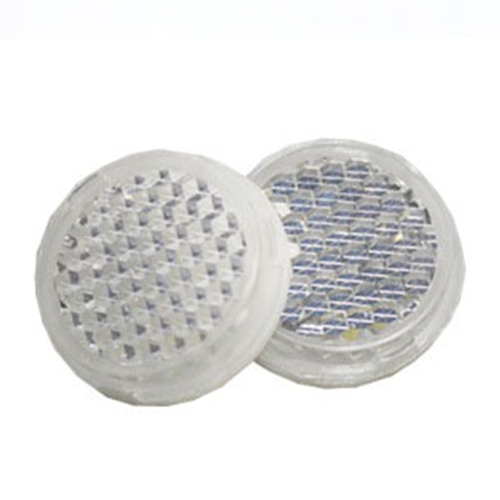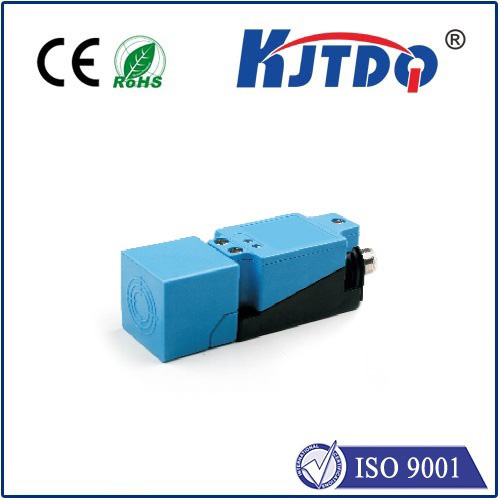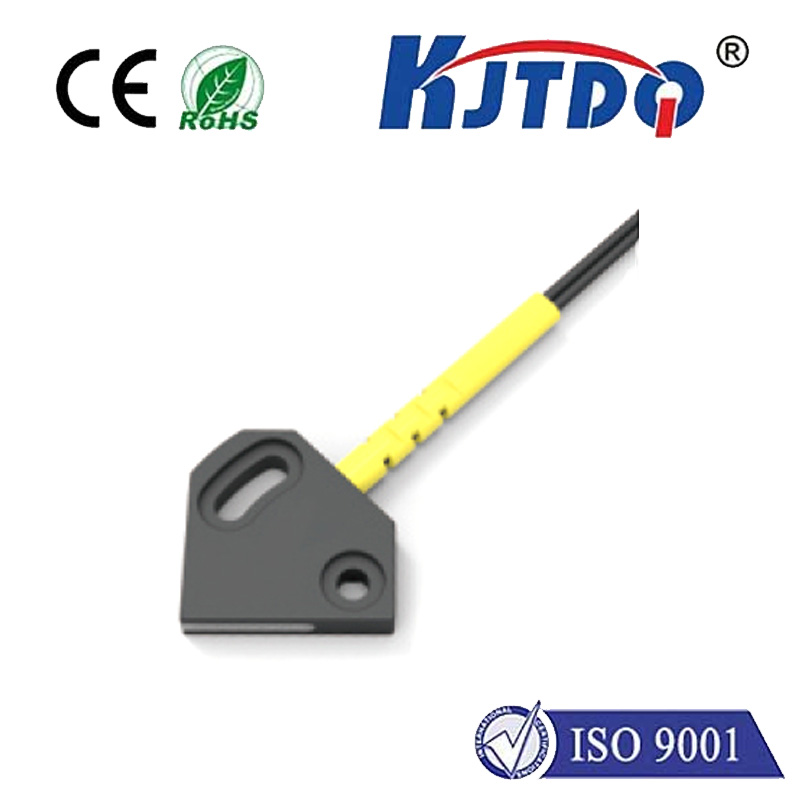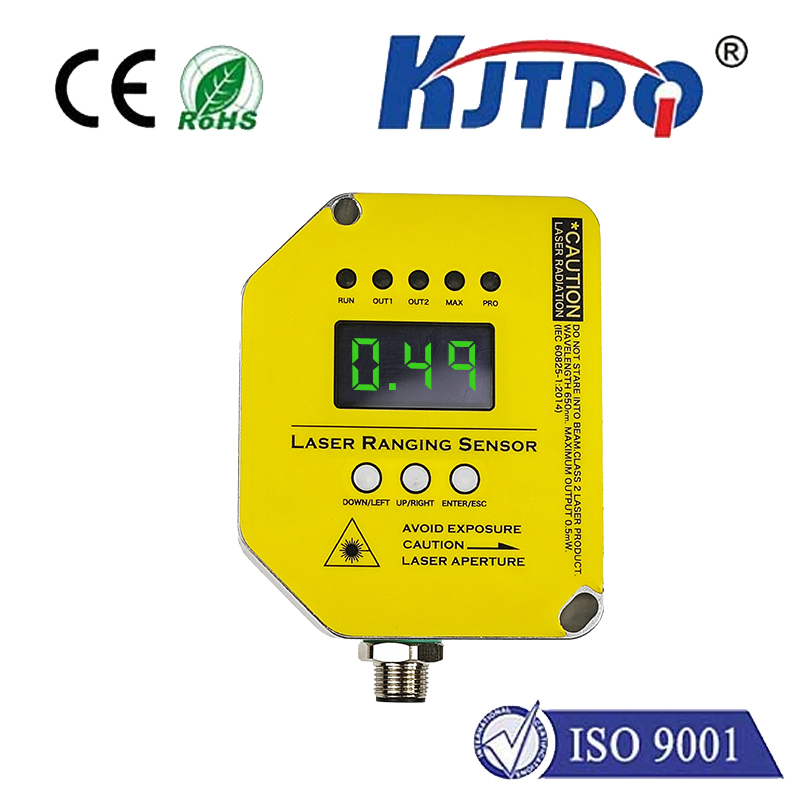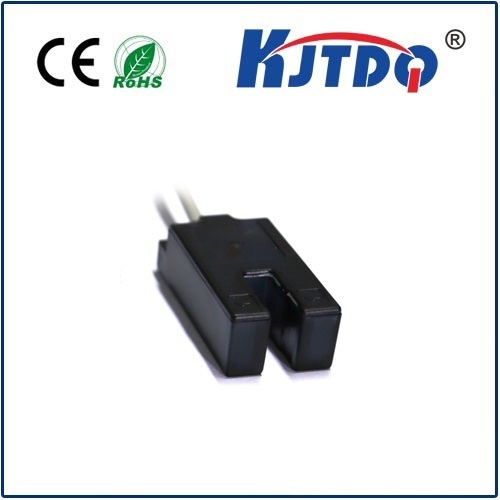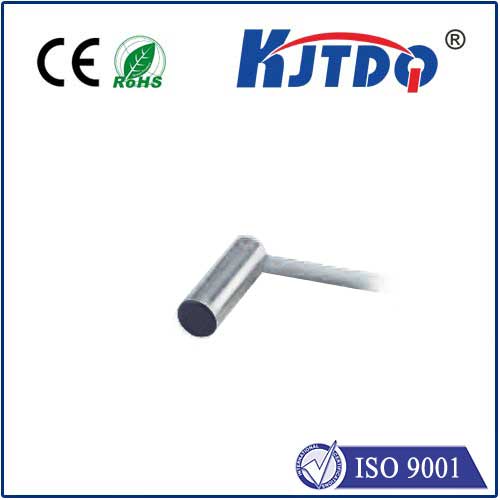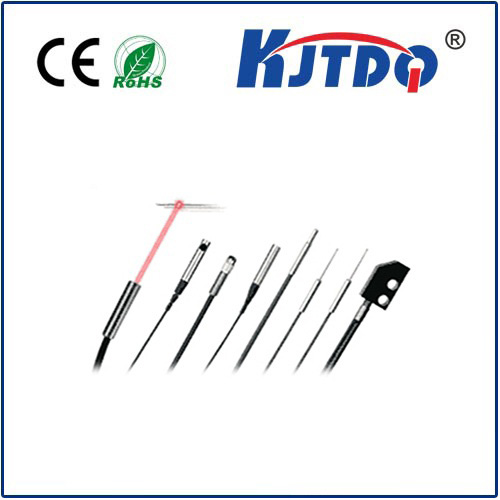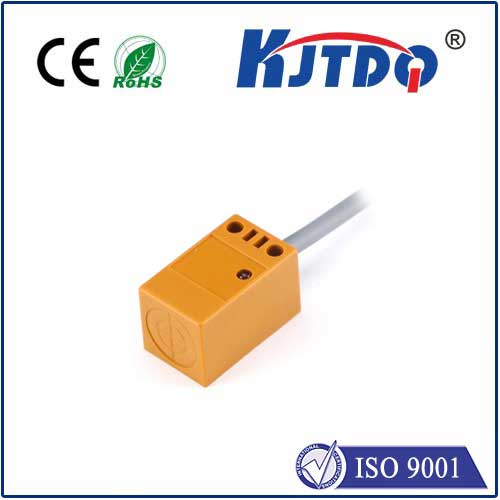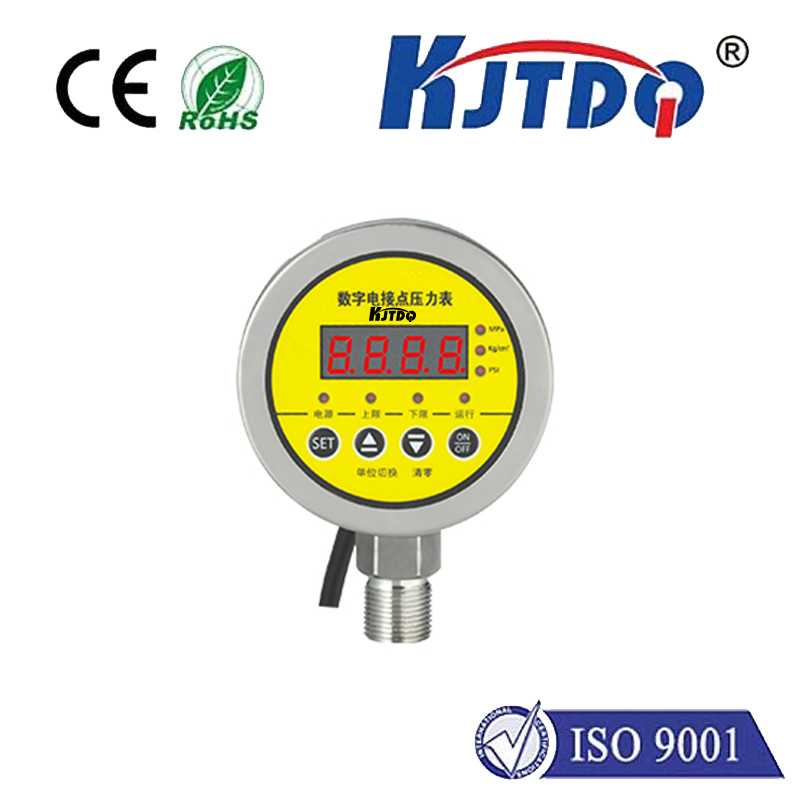BES01A9 high pressure proximity sensor
- time:2025-10-13 15:22:31
- Click:0
BES01A9: The Essential High Pressure Proximity Sensor for Demanding Industrial Environments
Imagine a critical hydraulic press suddenly shutting down mid-cycle. Production halts, timelines slip, costs escalate. Often, the culprit isn’t the massive machinery itself, but a tiny, overlooked component failing under relentless pressure: the proximity sensor. In the unforgiving world of high-pressure fluid power systems, heavy machinery, and demanding industrial processes, standard sensors simply buckle. This is precisely where purpose-built solutions like the BES01A9 High Pressure Proximity Sensor step in, becoming the silent, indispensable guardians of uptime and operational safety. Designed to thrive where others falter, it offers reliable, non-contact detection essential for maintaining smooth operations under extreme duress.
Understanding the High-Pressure Challenge: Conventional inductive proximity sensors work well under normal conditions, detecting the presence of ferrous or non-ferrous metallic objects without physical contact. However, subject them to environments with pressures significantly exceeding atmospheric pressure – think hydraulic cylinders, injection molding machines, die casting, or deep-sea equipment – and problems arise. Standard housings can deform or rupture. Seals might fail, allowing pressurized media (oil, water, air) to ingress, damaging internal electronics. Vibration can dislodge components. Temperature fluctuations exacerbate material stress. The result? Premature sensor failure, unplanned downtime, safety hazards, and costly replacements. Operating reliably under constant high pressure is a distinct engineering hurdle.

The BES01A9: Engineered for Resilience: The BES01A9 isn’t just another proximity sensor; it’s a robustly engineered solution explicitly designed to conquer the high-pressure frontier. Its core strength lies in its meticulously crafted construction:
- Ruggedized, Pressure-Resistant Housing: Typically manufactured from high-grade stainless steel or similarly robust alloys, the BES01A9’s body is built to withstand significant external pressure without deformation or compromise. This physical integrity is the first line of defense.
- Superior Sealing Technology: Achieving reliable operation demands exceptional sealing. The BES01A9 employs advanced sealing methods (often involving specialized O-rings and sealing compounds) at critical points, particularly where the sensing face meets the housing and at the cable entry point. This creates an impervious barrier against high-pressure fluid or gas intrusion, protecting the sensitive inductive electronics within.
- Enhanced Internal Design: Beyond the seals, internal components and potting materials are often selected or treated to handle the stresses induced by sustained high pressure and potential pressure spikes, ensuring long-term stability and signal accuracy.
- High Protection Rating: Look for BES01A9 variants boasting high IP (Ingress Protection) ratings (e.g., IP67, IP68, IP69K) and often specific pressure resistance ratings (e.g., capable of withstanding pressures of 100 bar, 250 bar, or even higher, depending on the specific model configuration). These ratings offer concrete assurance of its capability to perform in harsh wet and pressurized environments.
Key Applications Where the BES01A9 Shines: This sensor’s unique capabilities make it indispensable across numerous high-stakes industrial sectors:
- Hydraulic Systems: Monitoring piston position within high-pressure hydraulic cylinders is critical for precise control and preventing damage from over-extension or over-retraction. The BES01A9 provides reliable feedback directly on the cylinder body.
- Plastics Machinery (Injection Molding, Extrusion): Detecting mold clamping positions or extruder ram positions under immense pressure ensures process consistency and safety.
- Die Casting Machines: Tracking the position of injection pistons operating under extremely high pressures is vital for cycle control and quality.
- Presses (Stamping, Forging): Verifying tooling positions or workpiece presence within presses generating enormous force requires sensors that won’t fail under the pressure.
- Valve Position Feedback: Confirming the open/closed status of high-pressure valves in process industries like oil & gas, chemical, or power generation.
- Marine & Offshore Equipment: Operating reliably deep underwater or within pressurized ship systems.
Core Advantages: Reliability, Safety, Cost Efficiency: Choosing a sensor like the BES01A9 specifically designed for high pressure translates into significant operational benefits:
- Unmatched Reliability: Its robust design drastically reduces the risk of pressure-induced failures, ensuring consistent detection signals and minimizing unexpected machine stops. Operational uptime is maximized.
- Enhanced Safety: Reliable position detection in high-pressure systems prevents hazardous situations, such as uncontrolled machine movements or pressure releases, protecting personnel and equipment.
- Reduced Maintenance Costs & Downtime: By withstanding the harsh environment, the BES01A9 significantly extends service life compared to standard sensors. Fewer replacements mean lower spare parts costs and less time spent on maintenance interventions.
- Simplified Installation & Integration: As an inductive sensor, the BES01A9 offers non-contact detection. It’s typically easy to mount and wire, integrating seamlessly into existing control systems (like PLCs) using standard PNP or NPN output configurations. Its compact design often fits into tight spaces on machinery.
- Long-Term Value: While potentially having a higher initial cost than a standard sensor, the BES01A9’s extended lifespan, reliability, and contribution to preventing costly downtime deliver a compelling return on investment (ROI).
Selecting and Implementing the BES01A9: When integrating a BES01A9 High Pressure Proximity Sensor, ensure compatibility by verifying:
- Required Pressure Rating: Match or exceed the maximum sustained and peak pressure expected in the application.
- Electrical Specifications: Voltage range (e.g., 10-30V DC), output type (PNP/NPN, NO/NC), current rating, and connection type (cable or connector).
- Sensing Range & Target Material: Ensure the specified sensing distance meets the application needs and is calibrated for the target metal (steel, aluminum, etc.).
- Environmental Factors: Confirm ratings for temperature range, vibration resistance, and chemical compatibility (especially if exposed to specific oils or cleaning agents) beyond just pressure.
- Mounting and Dimensions: Physical size and mounting style (e.g., threaded barrel, rectangular) must suit the available space on the machine.
In the relentless arena of high-pressure industrial operations, component failure isn’t an option. The BES01A9 High Pressure Proximity Sensor is engineered to be the dependable solution that thrives where standard sensors cannot. Its ruggedized construction, advanced sealing, and proven resilience under extreme pressure directly translate into enhanced machine reliability, improved safety protocols, reduced operational costs, and ultimately, a smoother, more profitable production flow. Investing in the right sensor technology, specifically designed for the environment it operates in, is not just prudent engineering; it’s fundamental to maintaining a competitive edge in demanding industries. When pressure mounts, the BES01A9 delivers unwavering performance.






